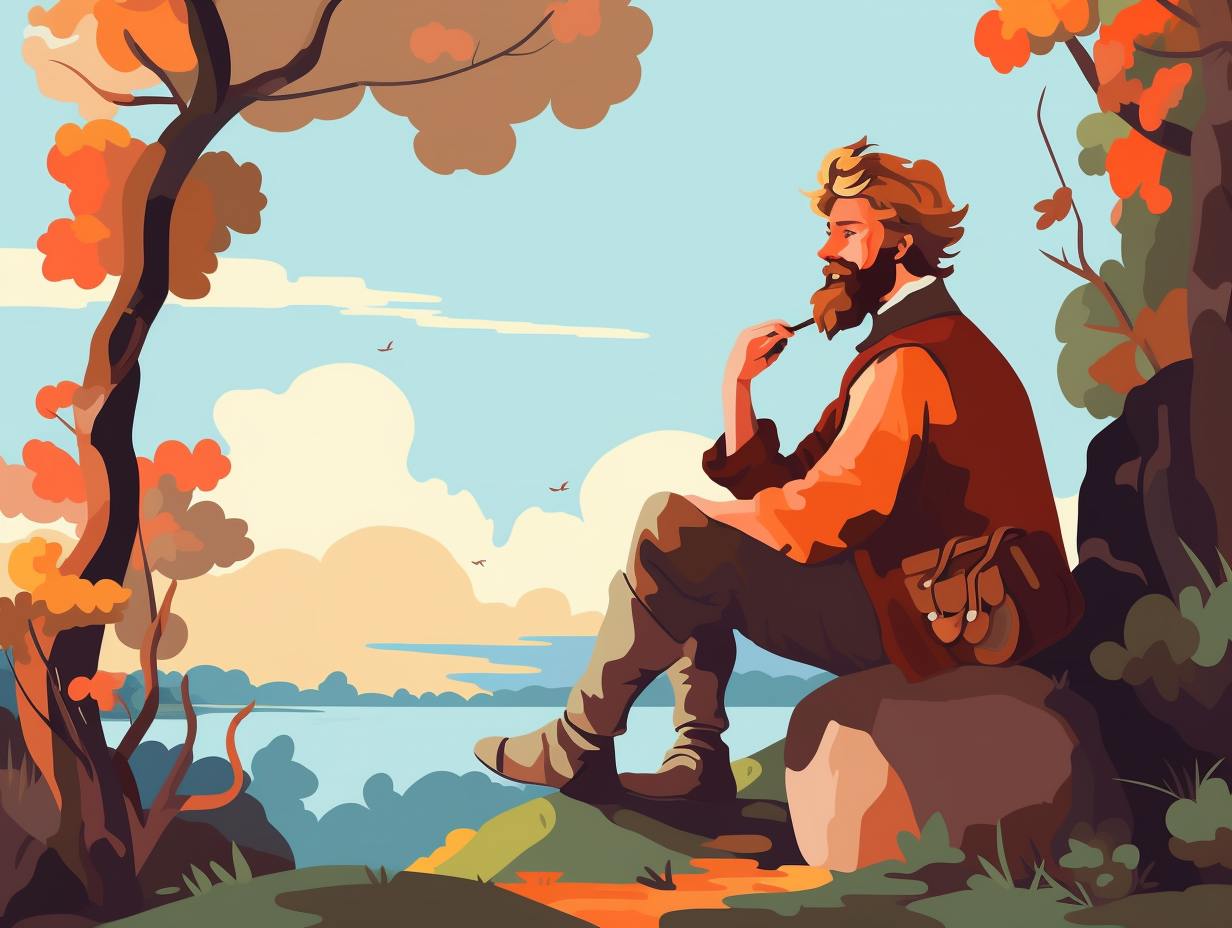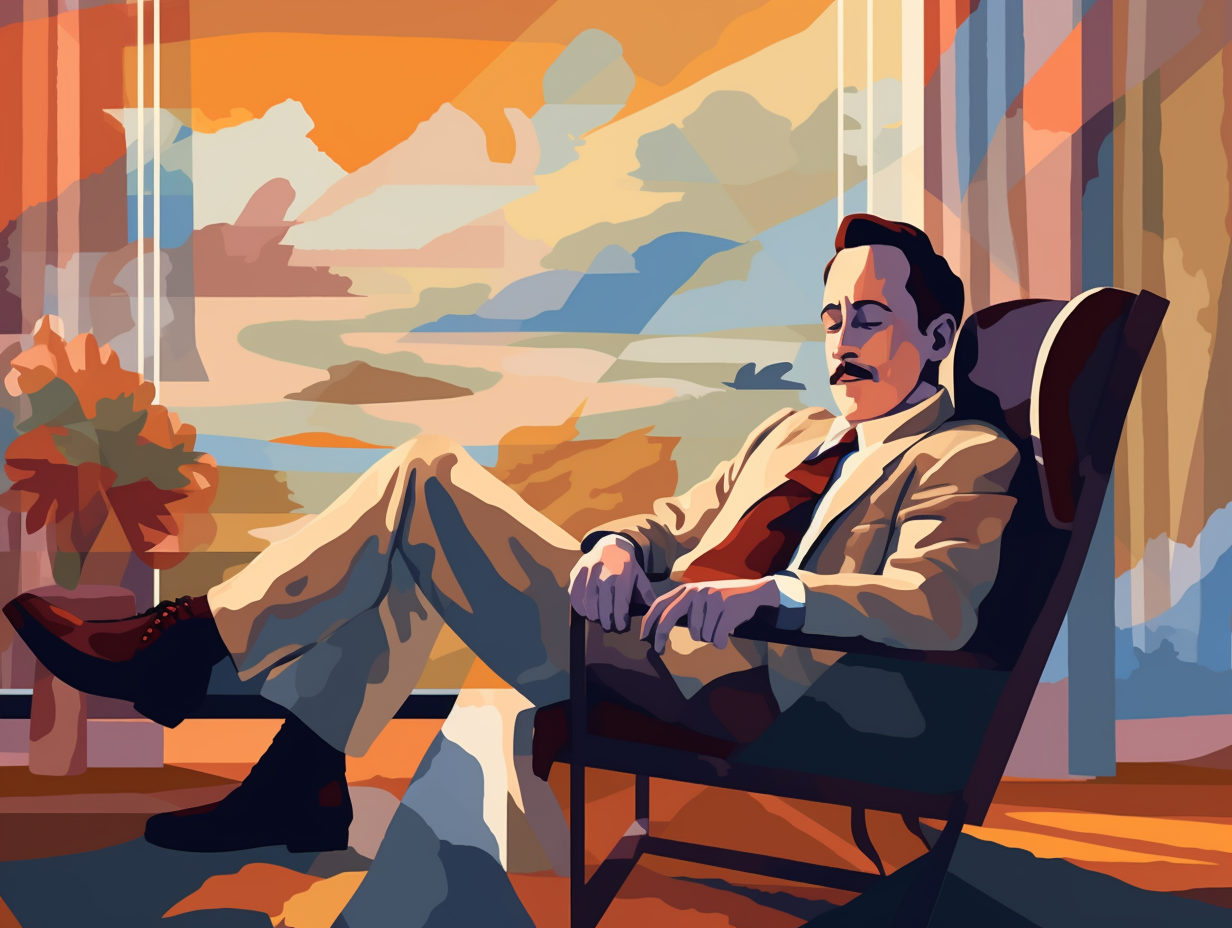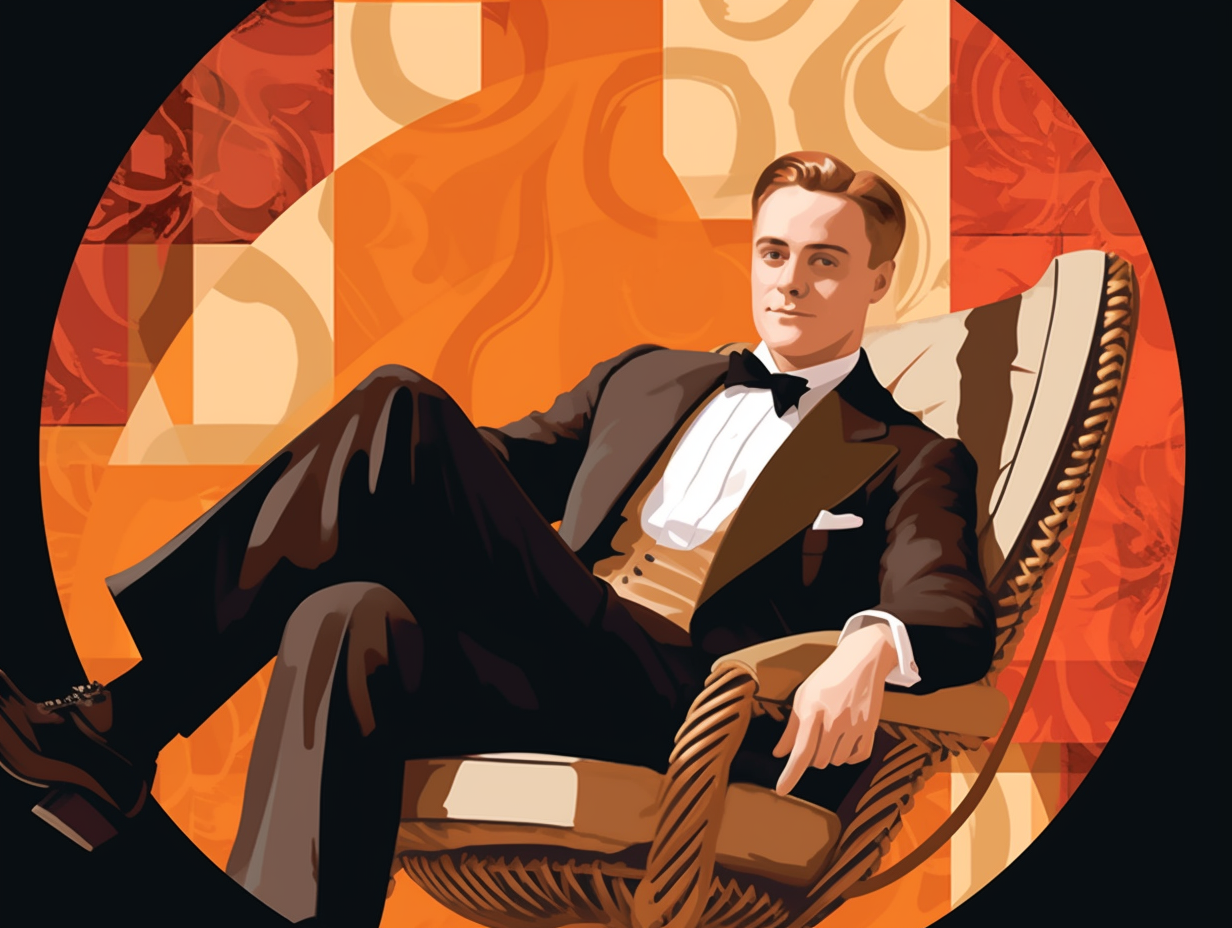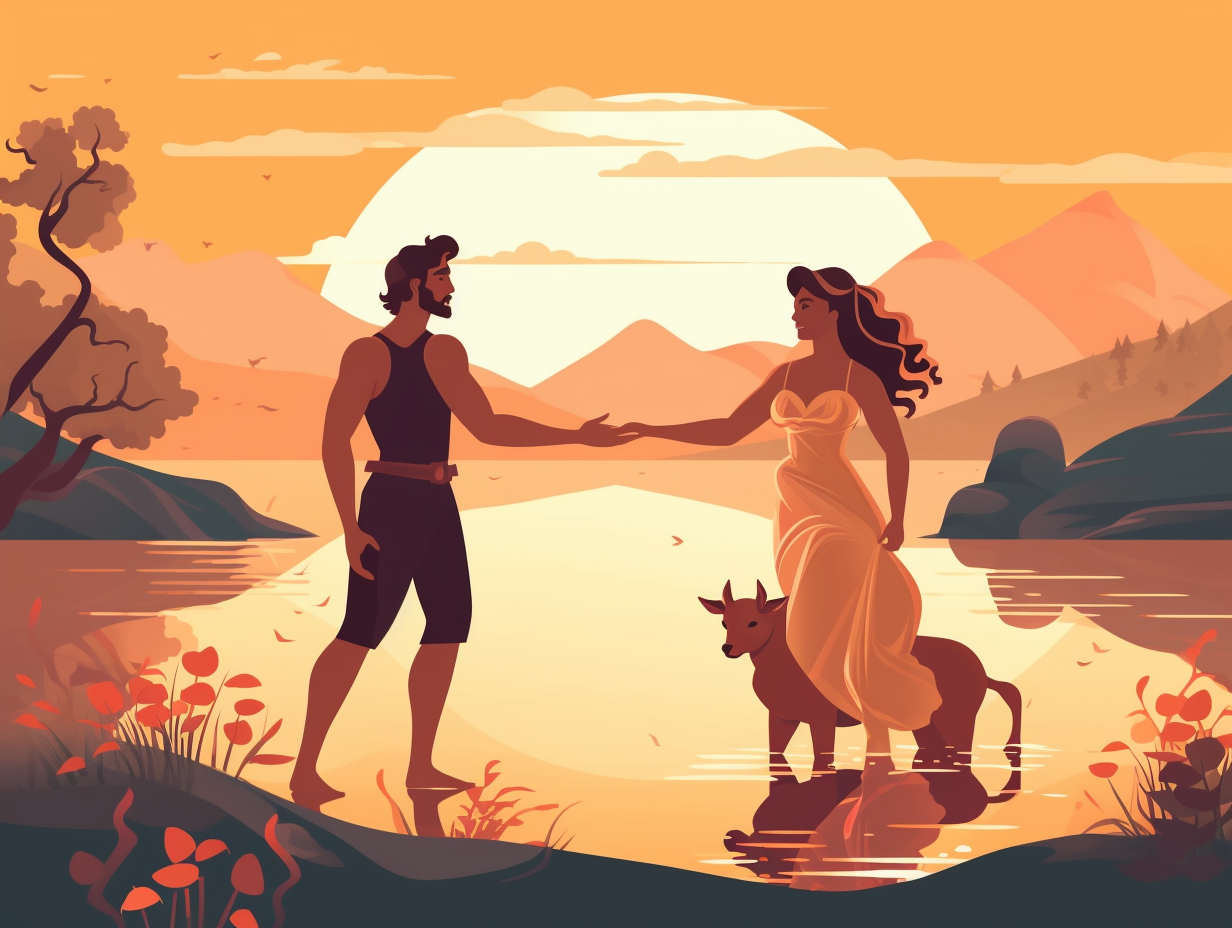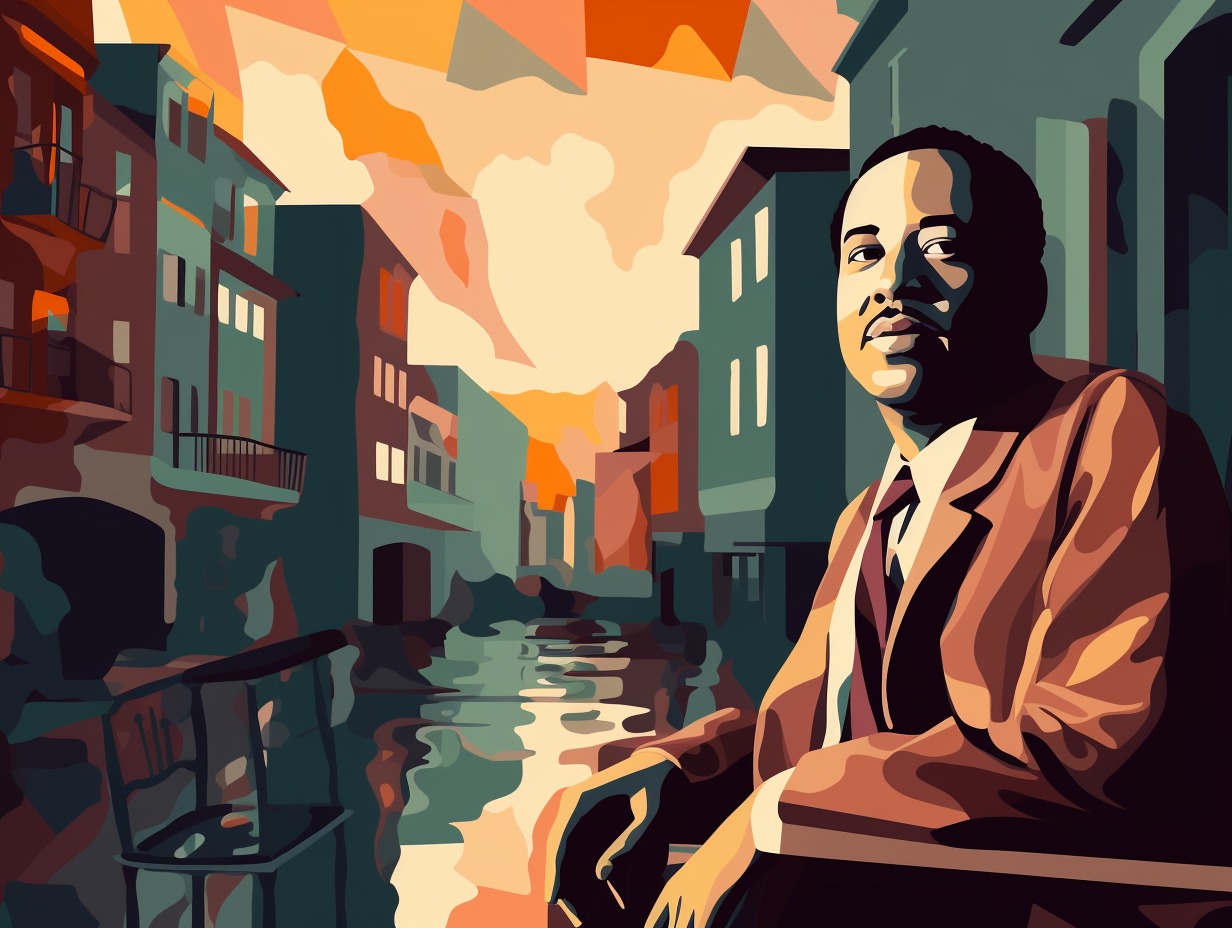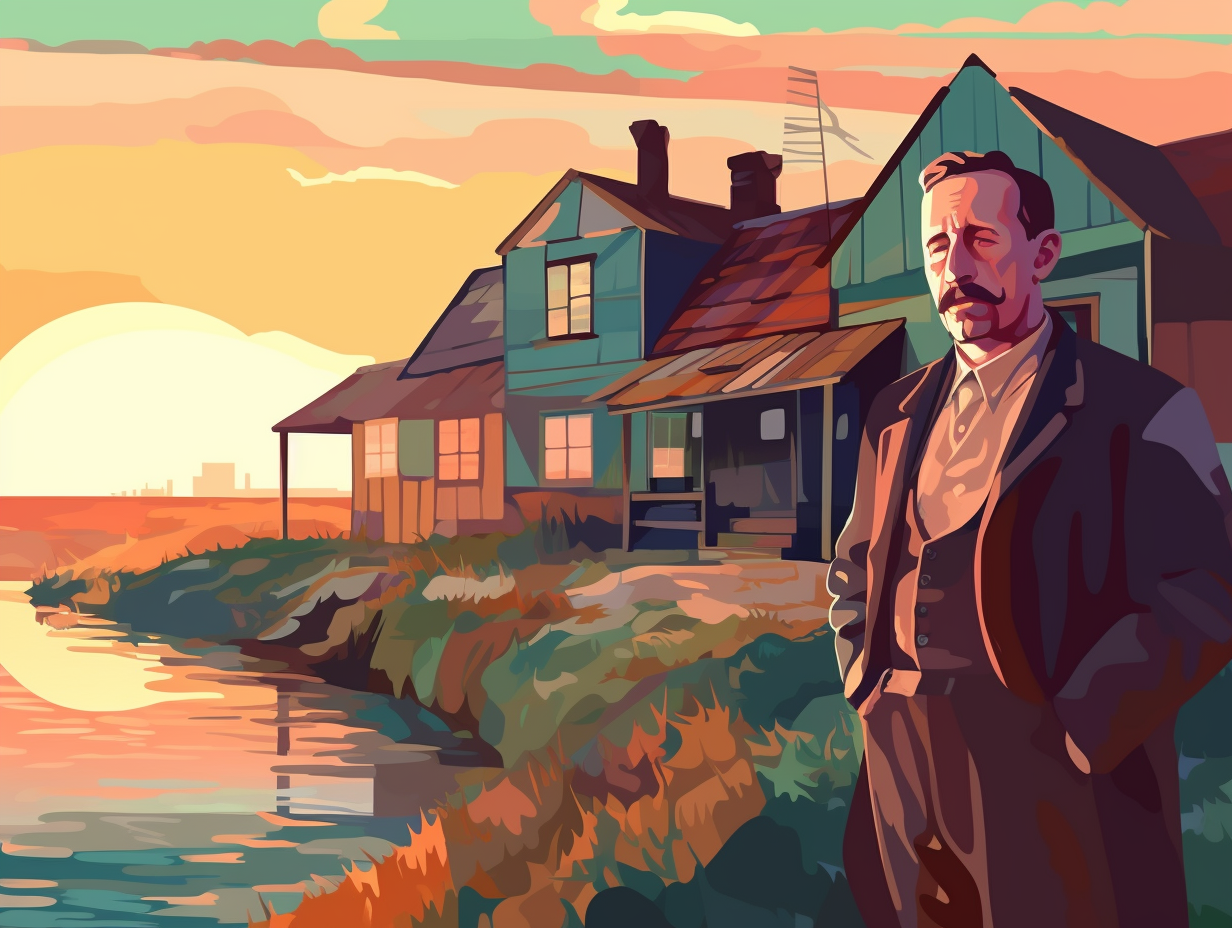9 Unbelievable Fun Facts About Romeo and Juliet You Never Knew!
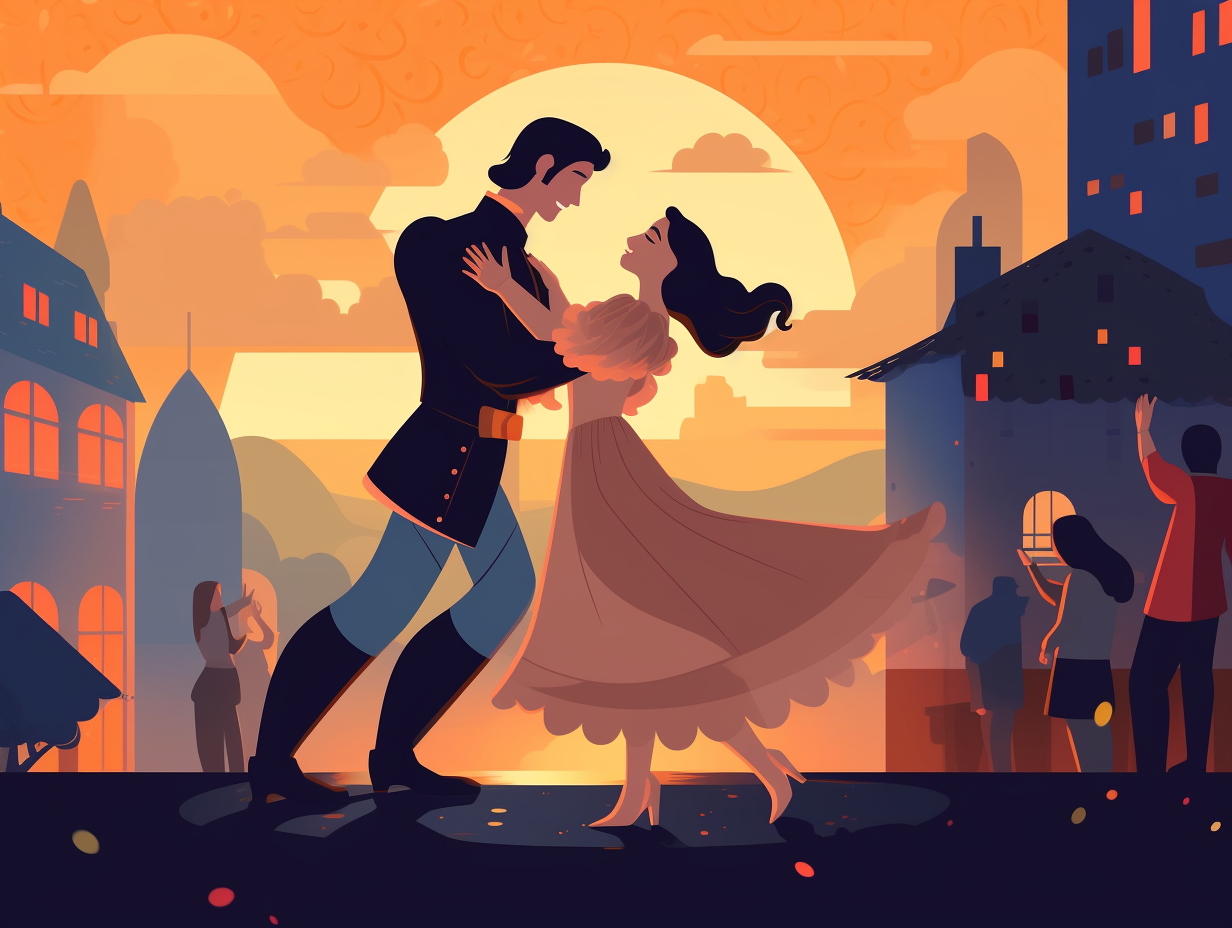
1. Masked Love at Capulet Fiesta
At a Capulet fiesta, where people masked their faces and not their feelings, Romeo's less-than-covert staring did not go unnoticed: Tybalt recognized young Montague's gaze aimed at Juliet, resulting in a heated standoff. But in true lovesick fashion, Romeo wasn't deterred, staying back to encounter the dazzling Juliet, thus birthing a love story for the ages.
Source => folger.edu
2. Five Days of Fiery Romance
They say love can't be rushed... unless you're on Verona's most steamy and speedy rollercoaster of romance: In a mere five days, Romeo and Juliet find themselves secretly married, indulging in passionate wedding night bliss, experiencing Romeo's banishment, and sealing their tragic fate with a goblet of poison and a dagger's kiss.
Source => enotes.com
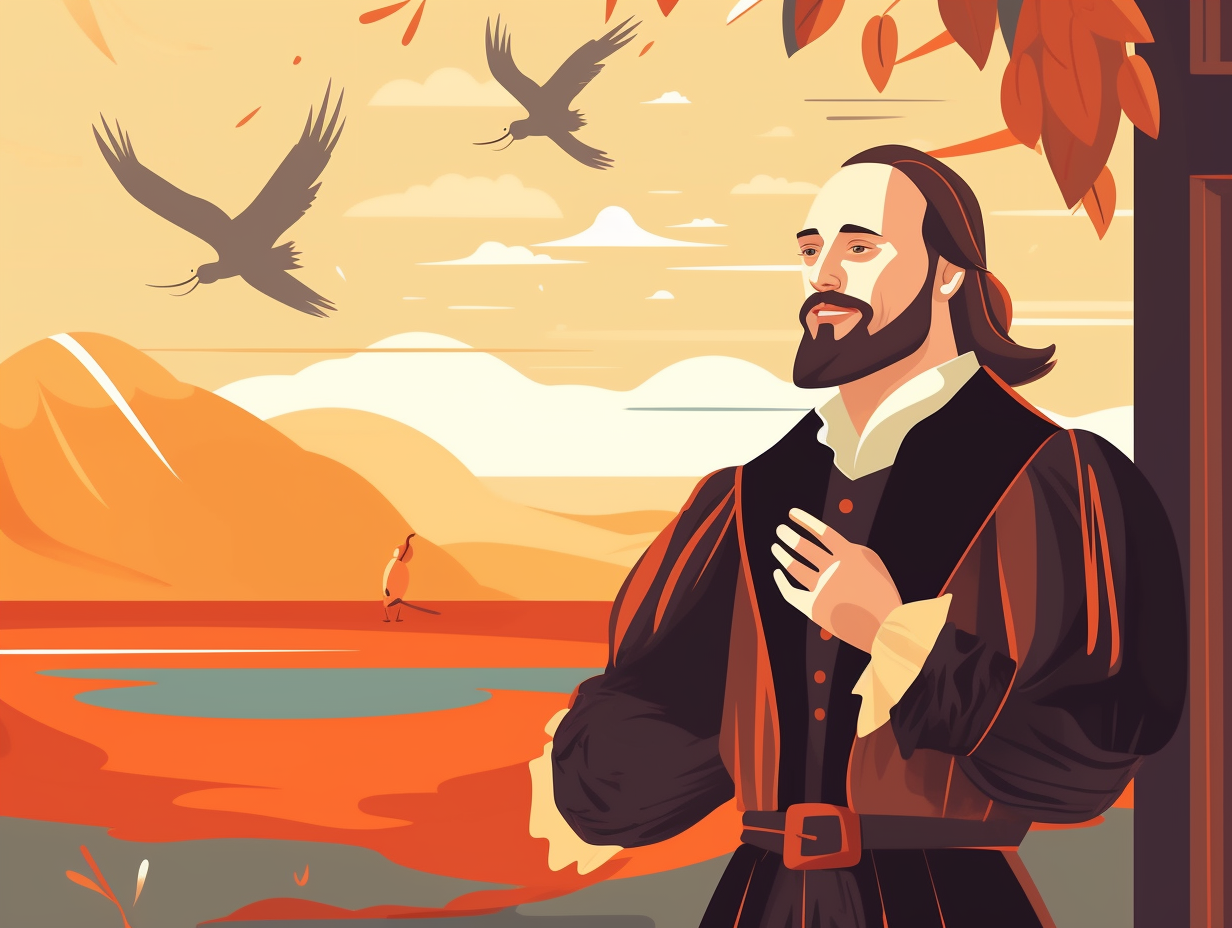
Did you know about the elusive tale of Shakespeare's alleged deer poaching escapades? Uncover the truth behind this bardly mystery and the journey that transformed him into a renowned playwright! 🦌🎭
=> Fun Facts about Shakespeare
3. Romeo's Left-Swipe Heartache
Before swiping right on Juliet, Romeo had a major left-swipe experience: Shakespeare's lovesick hero was initially smitten with Rosaline, but she was clearly not a match made in Verona as she paid no mind to his advances, setting the stage for the subsequent star-crossed tragedy.
Source => folger.edu
4. Risking it all: Teenage Love on Screen
Before Hogwarts asked youngsters to risk their lives for the wizarding world, there were two star-crossed teens in fair Verona who took center stage: The 1968 film adaptation of Romeo and Juliet featured Leonard Whiting and Olivia Hussey, aged 17 and 15 respectively, accurately portraying the youthful passion and heartbreak of Shakespeare's iconic lovers.
Source => time.com
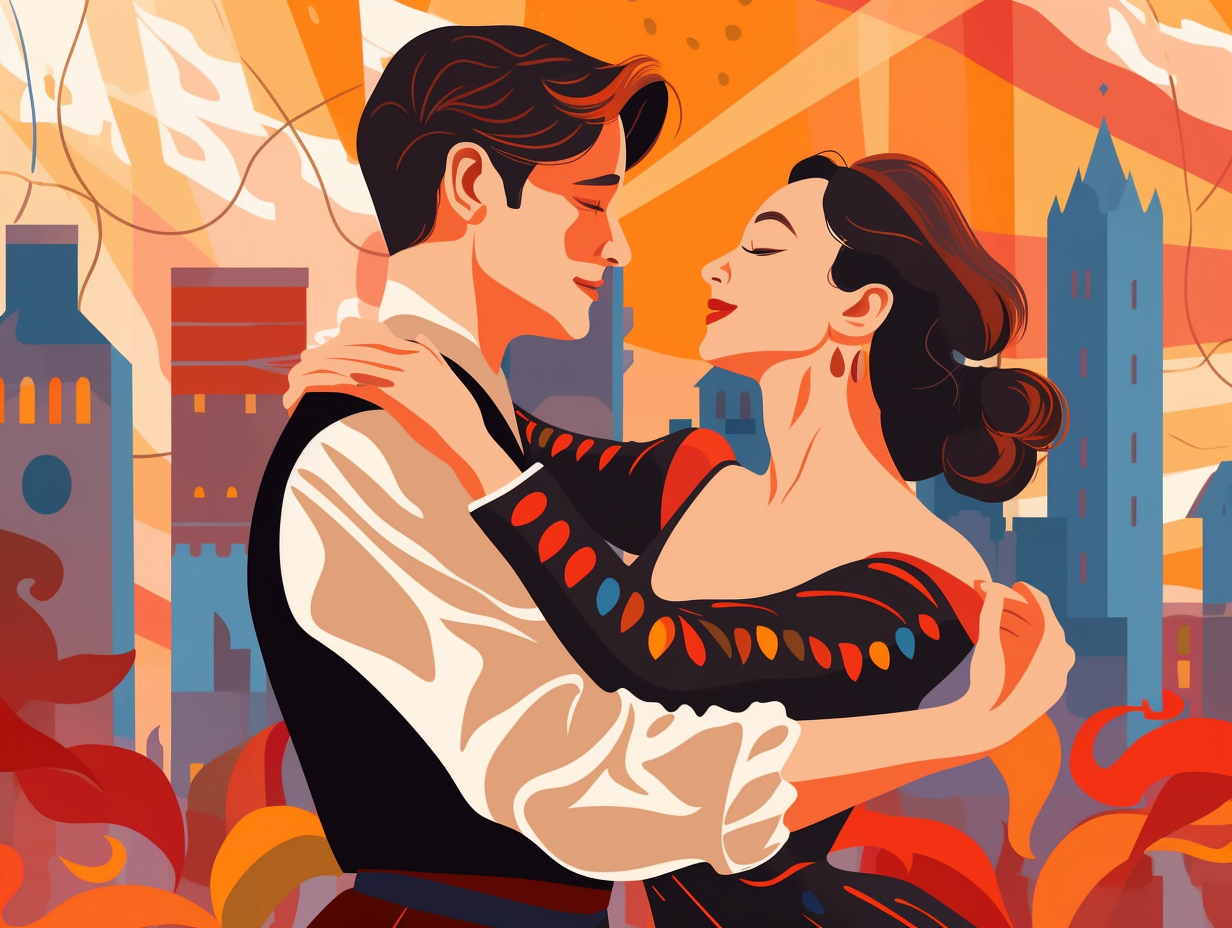
5. The European Love Triangle
Before the Bard put quill to parchment and crafted the quintessential teenage love story, Romeo and Juliet had a pretty wild European summer fling (well, in literary form, at least): Shakespeare, the man who gave "star-crossed lovers" a whole new meaning, actually had a little help from Arthur Brooke's English translation of a French adaptation of their tragic Italian tale!
Source => rsc.org.uk
6. Shakespeare: The OG Tinder
Breaking News: Tinder existed in the 1300s, just under the name "Shakespeare!" That's right, this literary matchmaker may have ignited the flames between our beloved Romeo and Juliet by modeling their characters on a real-life couple from Verona: word has it that Shakespeare found star-crossed inspiration in two 14th-century lovebirds who also battled a bitter family feud for a chance at true love.
Source => livescience.com
7. Doodle-Driven Quarantine Production
When star-crossed artists unite, a visual wonder is born: Enter Albright College Theatre's pandemic-pivoted production of Romeo and Juliet! This dashing, socially-distanced twist on a classic tale features illustrations from 50 spirited doodlesmiths, diligently spanning the globe in a collaborative art crusade. With a dash of community, a sprinkle of accessibility, and a heart full of transparency, this video storybook adaptation sprints triumphantly onto your screens in April 2021, as four 30-minute episodes of Shakespearean splendor.
Source => eloquentaction.com
8. Friar Laurence, Potion Master
In fair Verona, where we lay our scene, Friar Laurence played the role of a medieval potion master, crafting the perfect "Snooze Button" for Juliet's dramatic faux demise: In the tragic tale of Romeo and Juliet, Friar Laurence concocted a drugged sleep-inducing potion to fake Juliet's death in a bold attempt to unite her with Romeo in secret, only for a catastrophic series of miscommunications to ruin the plan, ultimately leading to the lovers' untimely deaths.
Source => ipl.org
9. Humble Origins of "Romeo"
Before Shakespeare's Romeo became synonymous with a love-struck Casanova, he was but a simple humble pilgrim with an eye for Rome, not dames: Etymonline.com reveals that the name "Romeo" actually originated from the medieval Italian "Romaeus," meaning "pilgrim to Rome," long before the Bard's iconic love story made it a symbol of passionate courtship.
Source => etymonline.com
Related Fun Facts


